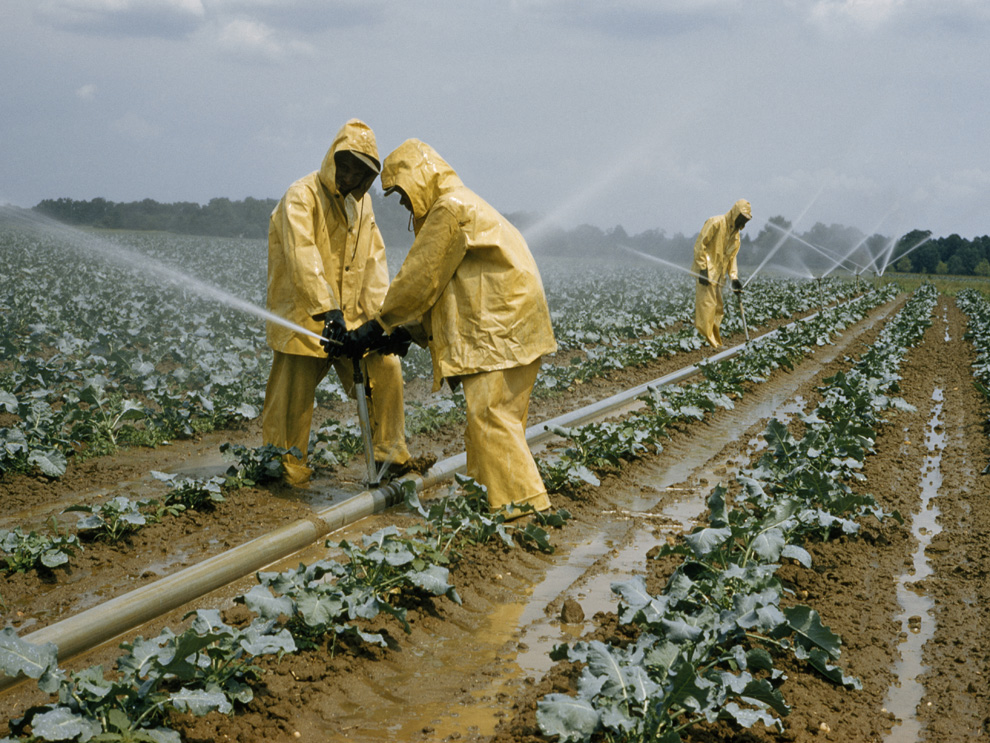Agriculture developed in prehistoric times in the stone age human beings. They lived in a very nomadic way, to survive they depended on hunting, fishing and food gathering. In the Neolithic period, due to the type of economy they perceived, they were motivated to work the land. Cultivating all kinds of seeds giving birth to agriculture whose word is of Latin origin meaning: agri (field) cultúra (cultivation). The man to carry out the cultivation of the land. Something that requires certain activities that are related to the exploitation of the resources that the environment possesses. To obtain fruits, vegetables, vegetables, cereals, grains among others. It requires a series of processes and treatments that are done to the land to obtain a product with good nutrients. And that they are fit to be consumed. But there are times when people wonder about what agriculture is, and in the worst case they do not know its different types or purposes that this concept has and that we will know below.
Agriculture concept.
It is an economic activity carried out by the man who cultivates the land through specific procedures and techniques. Changing the environment that surrounds it, making the soil more suitable. And thus generate food either for own consumption or to increase the added value of an industry.
Primary purpose of practicing planting.
Therefore. The primary objective of planting is to safely provide vegetables, fruits, vegetables, etc. Without there being a need to cause a harmful impact on the environment. This can occur in two ways depending on the area in which it occurs for humans, subsistence. It applies to the cultivation of seeds that man makes for his own or family consumption and his irrigation is done through the rain; and commercial whose irrigation is artificial and uses machinery, fertilizers and seeds that have been improved to obtain a better harvest and increase the capital of the company.
According to the primary use of water for production.
- Irrigation; Procedures or methods of irrigation created by man are used, either naturally or artificially, it can also be by extraction of water that is in the subsoil.
- dry land; man does not intervene in this process since the humidity is extracted from the soil or from the rain.
According to the amount of production based on the market that is presented.
- Subsistence farming; Its production is not massive since it takes out a minimum amount of food that will serve as sustenance for a year for a small community or a small group of people (the farmer’s family), without the need to create wear and tear on the land that is cultivated.
- Industrial or market tillage; it is the one that covers a greater production, so much so that it will cover the satisfaction of the national market and its surplus will serve to carry out the commercialization of food by exporting it.
Depending on the means and production yield, either minimum or maximum, depending on the impact it generates on the soil.
- Intensive planting; This process is seen mostly in countries that are industrialized, they use a very small space of land to mass produce, damaging the soil, creating a strong impact on the environment.
- Extensive planting; their production is less commercial, that is, they do not generate a good monetary income because their quantity is minimal because their main objective is to protect the soil, cultivating large tracts of land.
According to the methods applied and purposes to follow.
- Industrial cultivation; It is based on the production of food in large quantities planted in reduced space in the shortest possible time, creating wear and tear on the land, achieving its mission of marketing its items to obtain better
- Organic or ecological cultivation; This planting system avoids damaging the soil as such, avoiding the use of fertilizers and is consolidated in practicing appropriate methods and technology that do not alter the environment and plant respecting the season of said vegetable.
- Natural cultivation; the vegetable is consumed without being cultivated by man, mother nature provides in her own way.
- Contract farming; It is an agreement that exists between the farmer and the marketing company in order for the farmer to work the land, which will produce financial gain for both, but the company is obliged to provide certain resources and services to the farmer, such as transportation, credits, certification and supplies.
- Traditional cultivation; uses techniques and procedures that are typical of the area, although these vary by region, that is to say that said system is prolonged in time according to their culture.
Therefore, the human race must create awareness in caring for the nature that surrounds it, making better use of the ground it walks on without the need to alter the environment. For this reason, we must thank Agriculture.
